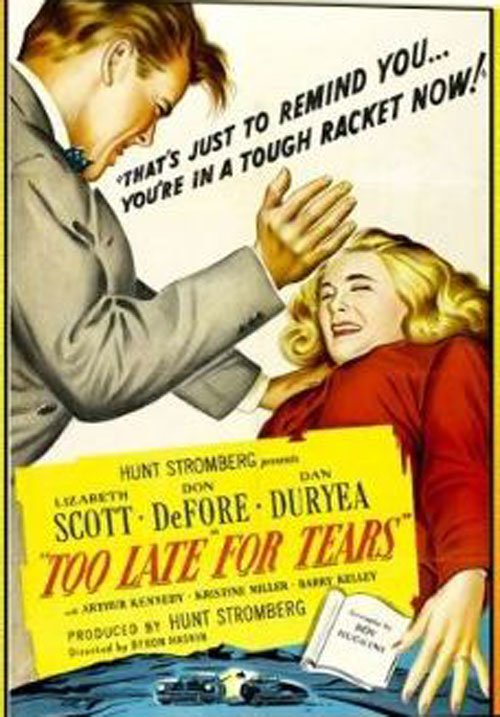IT WAS BARNETT NEWMAN, I think, who said: “Aesthetics is for art what ornithology is for the birds.” That is a gravelly way of getting to the point that philosophies of art are written for philosophers. Artists are not the intended beneficiaries.
They need not approve and can easily cripple themselves if they try.
Yet MFA programs still insist on cudgeling artists with syllabi soaked in a jumble of philosophy, art theory and aesthetics. Much of it clusters around the concerns of literary theorists. French philosophy gets dragged into art departments, where it does not belong. But there it sits, lodged in the vanity of academic officeholders who need to see themselves as honchos in the gray cell department.
We are all intellectuals now. And we prove it by talking about what we do because the talk has come to stand bail for the work. As the MFA becomes increasingly prominent in an artist’s career, the need to anchor one’s work in French-vanilla theorizing begins to sour painting, turning it into a graphic—bastardized—derivative of literary theory. That, as anyone knows who has been paying a whit of attention, is polemical and highly politicized. The opium of the intellectual takes many forms, chief among them the Marxist projections of traditional French radicalism, particularly as it resides in the tenets of deconstruction.
Thus, MFA programs stack the shelves with readings from authors mentioned in yesterday’s post, plus others in the same flock: Julia Kristeva, Paul de Man, Gilles Deleuze, Felix Guattari, Adorno, to name only a handful. Who now reads Heidegger? MFA students, that’s who. How does Wittgenstein’s Tractatus apply in the studio? It doesn’t. But that makes it all the more impressive to reference in that dreary genre, the Artist Statement.
The presence of Michel Foucault’s What Is An Author together with Roland Barthes’ Death of the Author on required reading lists for an MFA makes artists into worshippers of critical theory. It is a kind of forced conversion. And art becomes a text waiting to be deconstructed, thus rendering irrelevant—and reactionary—love of craft, grace of hand, and the character of a particular sensibility. Since they are presumably supposed to be honing their craft, not merely their p.r. skills, this locks MFA candidates into an absurdity.
If literature signifies nothing—as acolytes of deconstruction assert—then it follows that neither does painting. Maybe it is time to take John Canaday’s old advice to close art schools for awhile and see what happens. Quite likely, nothing of vital significance.
The continuing inclusion of de Man is particularly interesting given the length of time academia has had to digest the disclosures of the his collaborationist writings during Wold War II. David Lehman, in Signs of the Times (1991) made the comment:
The de Man revelations brought his disciples to the edge of the abyss that they claim to seek—and they flinched, retreating to the safety of their illusions. In their briefs for de Man, they have provided a dossier of proof that deconstruction is not a value-free science but a program that promotes a reckless disregard of the truth and a propensity for hero-worship. And that is the final paradox of deconstruction: it is the crisis that it pretends to expose.
What is man? That is the single question around which a curriculum for figure painters should revolve. Yet nothing on the MFA reading lists I’ve seen come anywhere close to even recognizing the need for the question. Neither man’s misery nor his greatness—to borrow from Jean Mouroux—can be addressed without it. And artists lose whatever power they might have to open art’s audience to those things that bind up man’s wounds.
© 2010 Maureen Mullarkey



